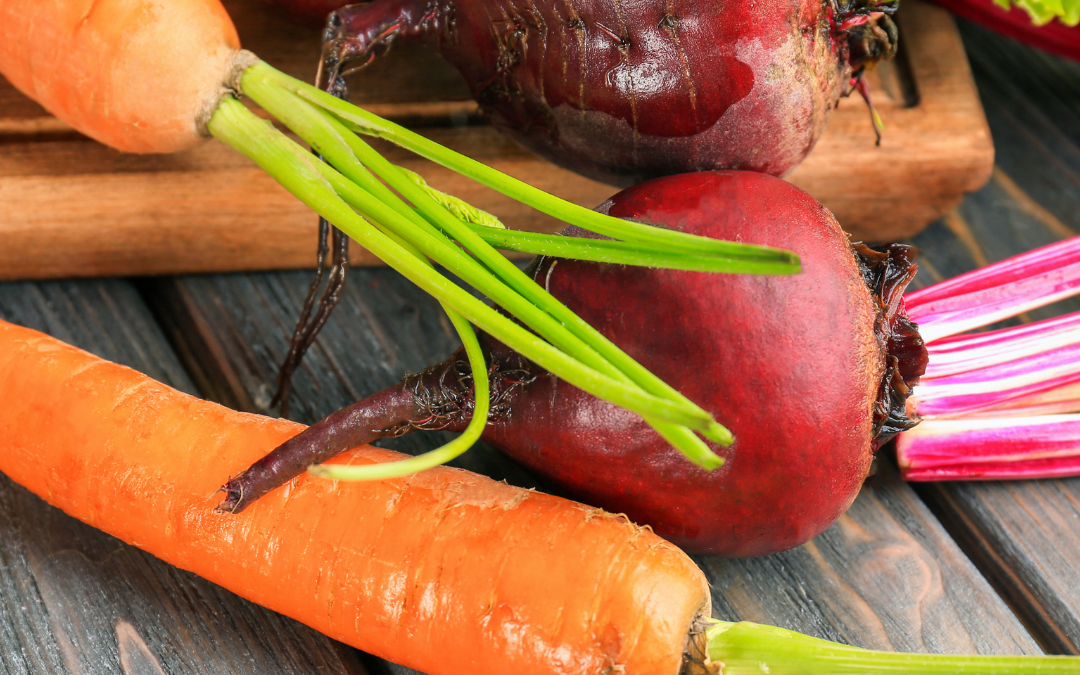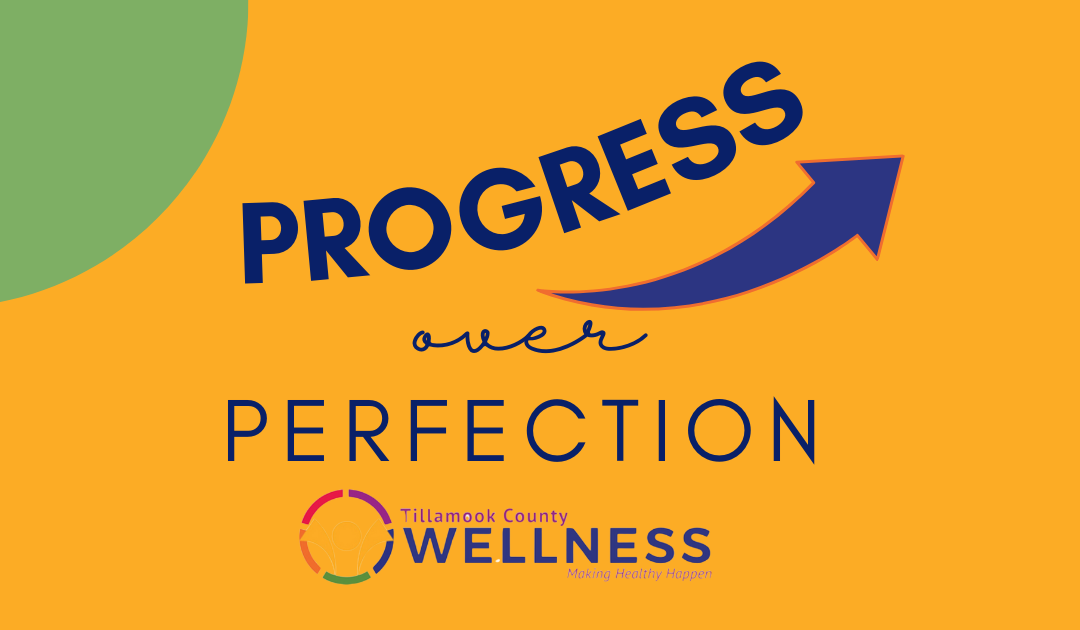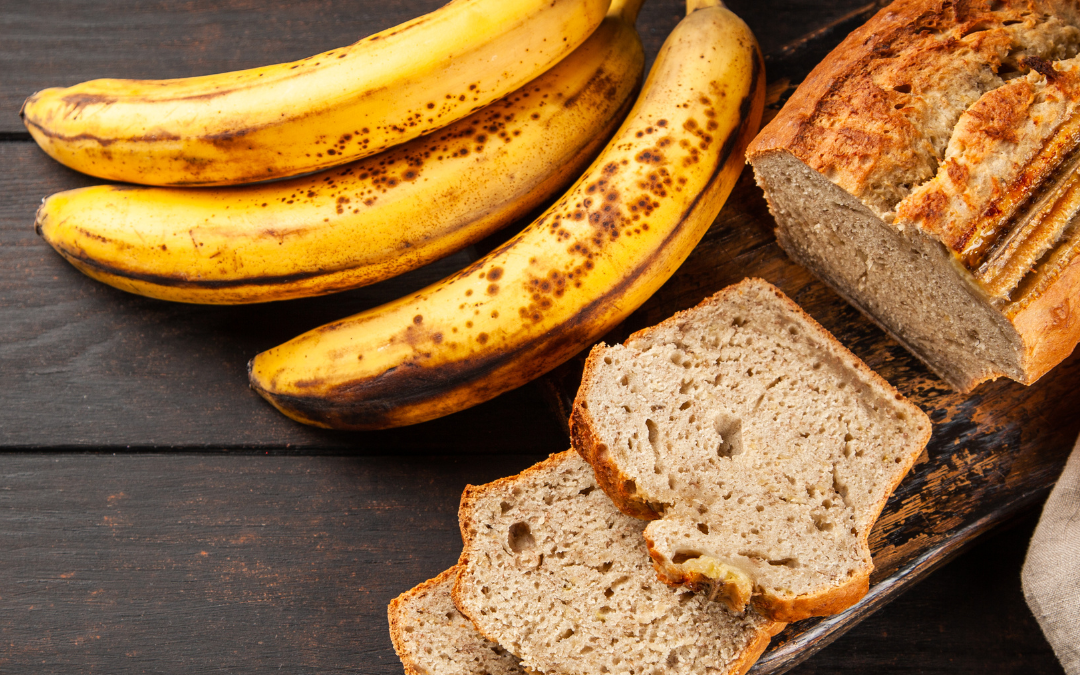
by Guest | Feb 20, 2024 | Being Well, Eat Well, Featured, Uncategorized, Why I'm In, Work Well
“WHY I’M IN …” An interview with Mari Tasche, Oregon Health & Science University
What drew you/your organization to partner with Tillamook County Wellness?
When first introduced to Tillamook County Wellness, I was inspired by the work of the committees and felt that TCW aligned with my passion for improving the wellness and quality of life of others, particularly those made vulnerable by current systems. I have always been actively involved in my community, whether coaching youth soccer or coordinating a community-wide couch to 5k running group. As an exercise physiologist looking to transition into public health and plant my roots on the north coast, TCW provided a great opportunity to understand the region’s needs and get involved in efforts to address community health.
What, if any, changes have you seen come about as a result of this work?
Improving the health and wellness of a county is challenging work and truly takes a village. TCW is a unifying force that brings people and organizations together to share knowledge, leverage resources, and provide support. This strengthens our connections, creates unity, and fosters collective progress for the betterment of our community. I have seen many organizations coordinate and collaborate on projects, programs, and initiatives they might not have otherwise pursued together. This coalition has also taken ownership of the community health needs assessment and improvement plan to address the region’s top health and social needs. Efforts include evaluating and refocusing the work of committees, pursuing or supporting grants, establishing or strengthening partnerships, and broadening community outreach and engagement.
What have you learned from being involved in this work?
I have learned that opportunities are endless if you make the effort to reach out. Many people want to see this county thrive and want to contribute their part to make that happen. It is inspiring and fuels my optimism for this work. I have also learned that this work is like climbing a mountain with no top. It’s endless, but if you enjoy what you are doing, it doesn’t feel like a daunting task- and don’t forget to celebrate the small steps!
What are your hopes for this work as it relates to you/your organization?
My role has continued to evolve since joining a few years ago, and I strive to find my niche and how to best contribute my time and resources to TCW. As I wrap up my master’s degree in public health this fall, I am looking to align my final projects with TCW initiatives and develop relevant content and materials to drive this work forward. As a regionally based employee with the Oregon Rural Practice-based Research Network at OHSU, I aim to pursue future opportunities for cross-over and collaboration.
What are your hopes for this work as it relates to changing community health in Tillamook County.
Changing community health takes a multifaceted and dynamic approach. I hope that TCW continues to address this challenge holistically by strengthening a diverse network with a unified message, comprehensive strategy, and county-wide framework that can meet the needs of every individual and help them live their best, healthy lives.
Is there anything else you’d like to share?
I appreciate being a part of this coalition and look forward to what we can accomplish in the coming years.
For more local health and wellness information, visit www.tillamookcountywellness.org or follow Tillamook County Wellness on Facebook and Instagram.

by Guest | Feb 16, 2024 | Eat Well, Featured, Recipes, Uncategorized
Indulge in the vibrant harmony of flavors with this beet and carrot salad – a quick, simple, and creamy delight that elevates any meal as the perfect side dish.
Ingredients
1 carrot, sliced thin or coarsely grated
¼ cup minced onion
2 Tablespoons light mayonnaise or plain yogurt
¼ teaspoon each salt and pepper
1 Tablespoon chopped cilantro (optional)
6 (2-inch round) beets, cooked from fresh and diced, or 1 can (15 ounces) drained, rinsed and diced
Directions
- Wash hands with soap and water.
- Cook sliced carrots, if desired, until just tender. Try microwaving or steaming.
- In a medium bowl, combine the onion, mayonnaise, salt and pepper. Add cilantro, if desired. Add beets and carrots and stir to mix. Serve warm or cold.
- Refrigerate leftovers within 2 hours.
Notes
- No mayonnaise? Use plain yogurt instead.
Resource: https://foodhero.org/recipes/beet-and-carrot-salad

by Guest | Feb 12, 2024 | Being Well, Featured, Uncategorized, Work Well
By Guest Author: Emery Edwards
I’m a perfectionist. I always have been, and I probably always will be in some capacity. So, my health improvement journey has been a struggle. Somewhere in the 21 years before I started trying to change my life, I had gotten this idea that if I couldn’t do it perfectly the first time, I couldn’t do it at all. I’m sure some of you have felt similarly, especially when it comes to your health. There have been countless times where I’d stuck to my goals for a week or two, but I am inevitably confronted with a birthday party, a night out, or anything that might challenge your newly formed habits. I’ve always felt it’s a zero-sum game- I default on my healthy habits one time, and my progress is null, and I might as well give up. Many of us who have embarked on the journey of improving holistic health have experienced this, and it’s okay. What will be more damaging than one day, one week, or one month of falling back, is if you believe that the progress you’ve made up until that point means nothing because you weren’t perfect.
This is where progress over perfection comes in. Recognizing that you are making progress, but you’re not perfect, is the way I’ve been able to transform my habits over the last 6 months. Instead of chastising myself for not exercising one day or eating something that does not serve my body, I recognize that overcoming these habits is a longer journey than I had been led to believe. Crash diets, unrealistic societal expectations, ‘lose weight quick’ schemes, and the like have warped my thoughts about health for a decade, and I know I’m not alone in this. If it has been instilled in you for so long, it will inevitably take more than a couple months to fully change your mindset. Giving yourself grace in this journey of feeling better is more important than absolute perfection. But you must want to feel better to make these changes sustainable.
It takes dedication to make that progress and change your lifestyle. I started with upping my fiber and protein intake through whole foods and reduced the simple carbohydrates and sugars in my diet. It took me mere weeks to feel more present in my body, have more energy, and improve my sleep quality. It took me months, however, to make these practices a daily habit. Instead of giving up when I gave in to the residual cravings, I would wake up the next day and continue with the goals I had been working towards. My world does not stop when I eat a chicken strip, and I promise that yours doesn’t either. Maybe pair that chicken strip with some roasted vegetables like brussels sprouts, broccoli, or a simple garden salad to make it more nutritious. It’s all about adding what you need to satisfy the craving in a healthier way, and after you eat it, move on to meeting your goals. The name of the game is progress, not perfection. But when I tell you, I went from needing a nap in the middle of the day to function to having the energy to take me through the entire day without a yawn, I am telling you the truth.
I am only 6 months into my progress over perfection journey, so I’m no expert. But what I will say is I have never in my life felt as good as I do today, and every day gets even better. I started with my eating because I had no energy to introduce exercise into my routine, now I have too much energy to sleep if I don’t exercise. It’s a beautiful problem to have. I would not have gotten this far if I had given up the first time that I ate something I told myself I wouldn’t. Which probably happened within a week of starting the journey if I’m honest. The name of this game is grace- give it to yourself, to others, and remember that it’s all about your overall progress, not being perfect.
For more local health and wellness information, visit www.tillamookcountywellness.org or follow Tillamook County Wellness on Facebook and Instagram.

by Guest | Jan 23, 2024 | Eat Well, Featured, Lunch & Snack Recipes, Recipes
Warm and comforting whole-wheat banana bread that is perfect any time of day. Oats add to the moist texture.
Ingredients
- 1 cups oats (quick-cooking or old fashioned rolled)
- ¼ cup nonfat or low-fat milk
- 2 eggs
- ⅓ cup vegetable oil
- ½ cup sugar
- 1 cup mashed ripe banana
- 1 ½ cups whole-wheat flour
- 2 teaspoons baking powder
- 1 teaspoon baking soda
- ¼ teaspoon salt
Directions
- Wash hands with soap and water.
- Preheat the oven to 350 degrees F. Lightly grease the bottom and sides of an 8- or 9-inch bread pan.
- In a medium bowl, mix together the oats, milk, eggs, oil, sugar and mashed banana. Let this mixture stand for at least 10 minutes.
- In a large bowl, stir together the flour, baking powder, baking soda and salt.
- Add the wet oat mixture to the dry flour mixture and stir gently to combine. Be careful not to overmix.
- Pour the mixture into the bread pan and spread evenly.
- Bake a 9-inch loaf for 45 minutes or an 8-inch loaf for 50 minutes or until a wooden pick inserted into the center of the loaf comes out clean. If you have a food thermometer, the center of the loaf will be at least 190 degrees F.
- Remove from the oven and let cool in the pan for 10 minutes.
- Remove the loaf from the pan and let cool completely on a rack. Slice to serve.
- Wrap to store for several days or freeze for up to a month.
Recipe from Foodhero.org
Other wellness questions? Email us at info@tillamookcountywellness.org. For more local health and wellness information, visit www.tillamookcountywellness.org or follow Tillamook County Wellness on Facebook and Instagram.

by Guest | Jan 5, 2024 | Being Well, Featured
Entertainment, as with other expenses, has inflated in price. Over the past six years, Netflix has bumped its prices by $7. Disney+, in just its fourth year, is 40% more expensive than when it launched. Many streaming services have ad-supported plans, but they come with limited simultaneous screens, poorer visual quality, and lock originals behind ad-free tiers. Audiobook services, such as Kindle, face similar price hikes, and the subscription is only an entry fee as titles need to be purchased separately.
Historically, libraries have offered Americans free and accessible entertainment. Even today, your local branch will have complete seasons of Prime and HBO originals on DVD. Consumers, however, have been gravitating to digital means, with many lacking a DVD player or even a TV. Convenience is the name of the game, and libraries, with late fees, limited rental periods, and process of picking up items, have deterred many away from its offerings. Recently, the Tillamook County Library system has evolved to keep pace in the digital age and remove barriers to expand access.
The big change has been embracing streaming within the Hoopla app. A free download that just requires your library card number, Tillamook County residents can enjoy up to 20 titles per month, all completely free. Hoopla is available on both app stores and Amazon Firesticks. The catch is that a “title” will refer to any audiobook, graphic novel volume, film, a single episode of TV; so not everything is equal value. Like libraries, Hoopla does have a time limit, ranging from two to twenty days depending on the form of media. Still, this is not made up of obscure titles. Many high-profile authors, bestsellers, Marvel/DC comics, and notable films are available here.
If you’re still willing to rent physical media, many hindrances have been removed for accessibility. Late fees aren’t charged; at worst you’ll just get a phone call reminder after a month or so. Titles may be reserved on the library webpage by simply typing the name of the work or author in the search bar. The scope of the library’s collection is not to be understated. There are as many manga titles as a Barnes and Noble store and the latest bestsellers are added almost immediately upon release.
The library is still a vital resource for entertainment and a good way to cut back on non-necessities when dealing with a tight budget. Through it, I’m able to save hundreds of dollars and space in my apartment because I don’t need to buy everything. If you are like a lot of us, trying to cut back on expenses, look no further than your local library branch.
Guest Author: Andy Jenck, Local movie reviewer
Other wellness questions? Email us at info@tillamookcountywellness.org. For more local health and wellness information, visit www.tillamookcountywellness.org or follow Tillamook County Wellness on Facebook and Instagram.





